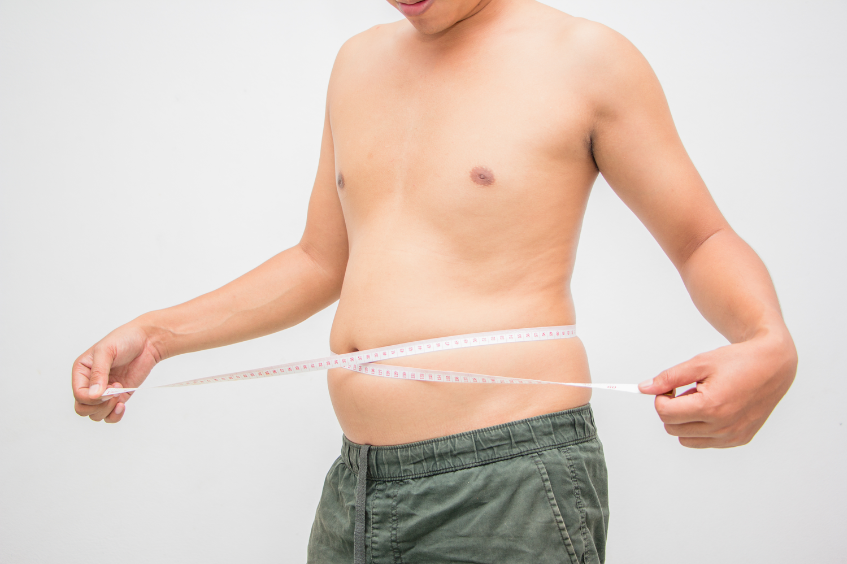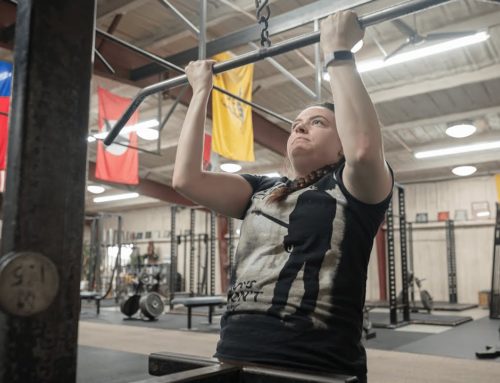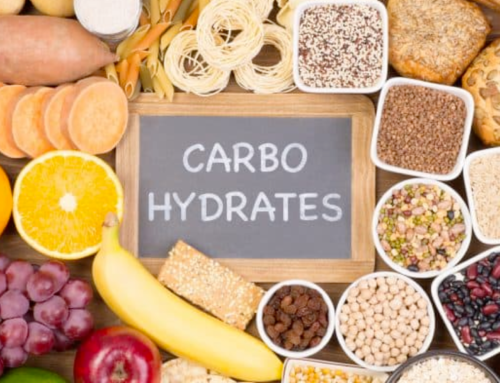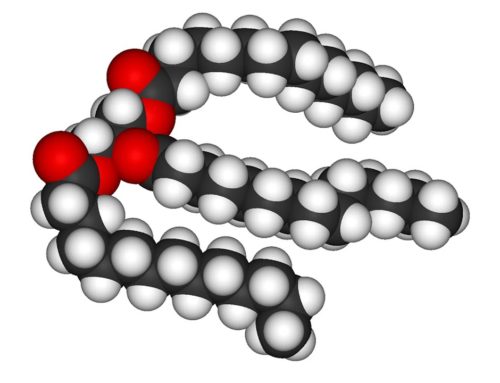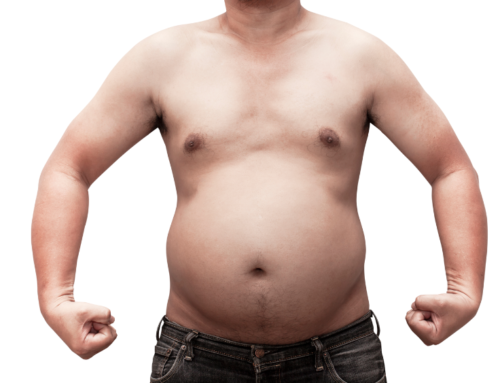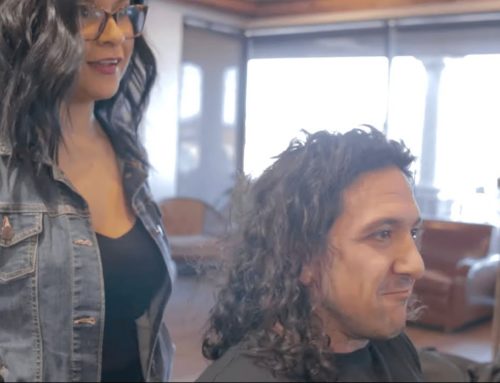One of the most common concerns shared by clients is aesthetics. “Coach, I want to get strong, but I want to lose my belly.” The issue is visible on both the 5’10” 220 lb untrained male and the 5’10” 170 lb untrained male. The common misconception both have is that they need to “go on a cut.” Both look perfectly normal in clothing, and no one would ever classify the big one as a “fat guy.” However, he may very well have a waistline approaching 40”, fat deposits on the pectorals, and no visible muscle definition. This has historically been referred to in various circles as “skinny fat.” The little one just looks like a untrained normal guy. But both have the same problem: they don’t look exceptionally male.
To properly address the client’s concerns, one must first identify and prioritize the issues. The client often reports concerns about excess bodyfat when bodyfat is not really the issue. The “skinny” part is making the “fat” part more noticeable. The presence or absence of visible abs – the Gold Standard of the Male Body – is not really a useful concern, since we don’t spend a lot of time in public with our shirts off. Nonetheless, most of us want abs because we perceive that they are critical to our appearance. However, what we really want is more visible upper body musculature. This comes in the form of larger shoulders, lats, chest, neck, and traps from pressing and deadlifting. Bench pressing increases the size of the pectorals, and repeated valsalvas from heavy squats can further enhance the upper body appearance by expanding the size of the rib cage. The net result is a wider and fuller appearance that tapers down into the waistline irrespective of whether the abs are visible or the shirt is off.
The physical presentation of the upper body is the key to male aesthetics. Women have a different problem, really much easier to solve. It’s rare for a lifter of either sex to complain about having “skinny fat” legs. The vast majority of individuals who run out the Starting Strength Novice Linear Progression (even those doing it wrong) will report an increase in thigh circumference. The lack of upper body muscular development is the primary concern for men, and they may not understand this. If the program worries more about abs than upper-body mass, it will not satisfy the desire for aesthetic change for the male client.
There are five common training errors that directly contribute to this phenomenon:
Starting the deadlift too light or at the same weight as the squat
Increasing deadlift loads too slowly
Reducing deadlift frequency too early
Excessively large jumps on the press
Skipping chin ups/lat pulldowns
To start, I will briefly reiterate the points discussed in Starting Strength and Practical Programming. First, the deadlift should be in the ballpark of 50-100 lb ahead of the squat at the start of the linear progression. This may happen at baseline, or as an artifact of correctly increasing the deadlift faster than the squat in the first couple of weeks. The question of when to reduce deadlift frequency comes up often and both books cover it, with an important consideration outlined in Practical Programming.
Specifically, Rippetoe and Baker state that underweight novices should deadlift three times per week for as long as they can tolerate it, because deadlifts contribute to maximizing muscle growth, the highest priority for this demographic. The end result should be a deadlift that is 50-100 lb ahead of the squat. Outliers with physical limitations exist (e.g. small hands, short arms in relation to height, etc.), but these are the exception, not the rule. The rest of you need a heavier deadlift. The majority of upper body muscle acquisition on the novice program can be attributed to deadlift strength.
The next variables of concern are press, chin-up, and bench press strength. A common error made by novices is increasing the load on the bar in excessively large increments on the press and bench press. The press typically increases by 5 lb per workout for perhaps 2-4 weeks for most men and maybe 1 week for most women. The increases will drop to 2-2.5 lb and eventually to 1-1.5 lb. By the third month the novice lifter should be adding 1-1.5 lb per workout to the press, regardless of sex. The bench press will stay with 2-2.5 lb increments for men and 1-1.5 lb increments for women for most of the time on the program.
For those who cannot perform unassisted chin-ups, the supine-grip lat pulldown should be incrementally loaded by 2-2.5 lb per workout after the first 2-4 weeks. I even prescribe these after every workout for as long as that can be tolerated. The standard lat pulldown progression is:
3 sets of 10 repetitions
4 sets of 8 repetitions
5 sets of 5 repetitions
5 sets of 3 repetitions
By the time the lifter can perform bodyweight lat pulldowns for 3-5 repetitions, a single chin-up or two is usually possible. I then assign weekly repetition totals with incremental increases. By the time the lifter is performing 100 chin-ups per week, a set of 10 repetitions is usually possible. If the lifter can perform 10+ chin-ups and is not seeing aesthetic changes, then 3 sets of heavy barbell curls may be incorporated, provided they are not interfering with the main lifts. This will positively impact arm girth and aesthetic perceptions for the novice undermuscled lifter without adding program complexity.
The human eye sees outlines and shapes long before it identifies details. The lifter now has a larger neck, traps, lats, triceps, deltoids, biceps, forearms, pectorals, and spinal erectors. Shoulder width exceeds the waistline, and any bodyfat covering the abdominals and obliques is overshadowed by this radical change in shape. Most importantly, the impression is made in normal clothing. Most of the time, the lifter’s sense of self-confidence regarding physical presentation improves because he now looks like he lifts weights.
Whether our concern for aesthetics is something we care to admit is another topic of discussion, but most of us walked into the gym wanting to modify our physical presentation – we want to look like we’re “in good shape.” You must realize this important fact: the appearance of a relatively larger upper body and a relatively smaller waist provides this aesthetic improvement far more effectively than visible abs. If you’re training for aesthetics, paying attention to upper body mass is the most practical approach, and the one that returns results the fastest.
